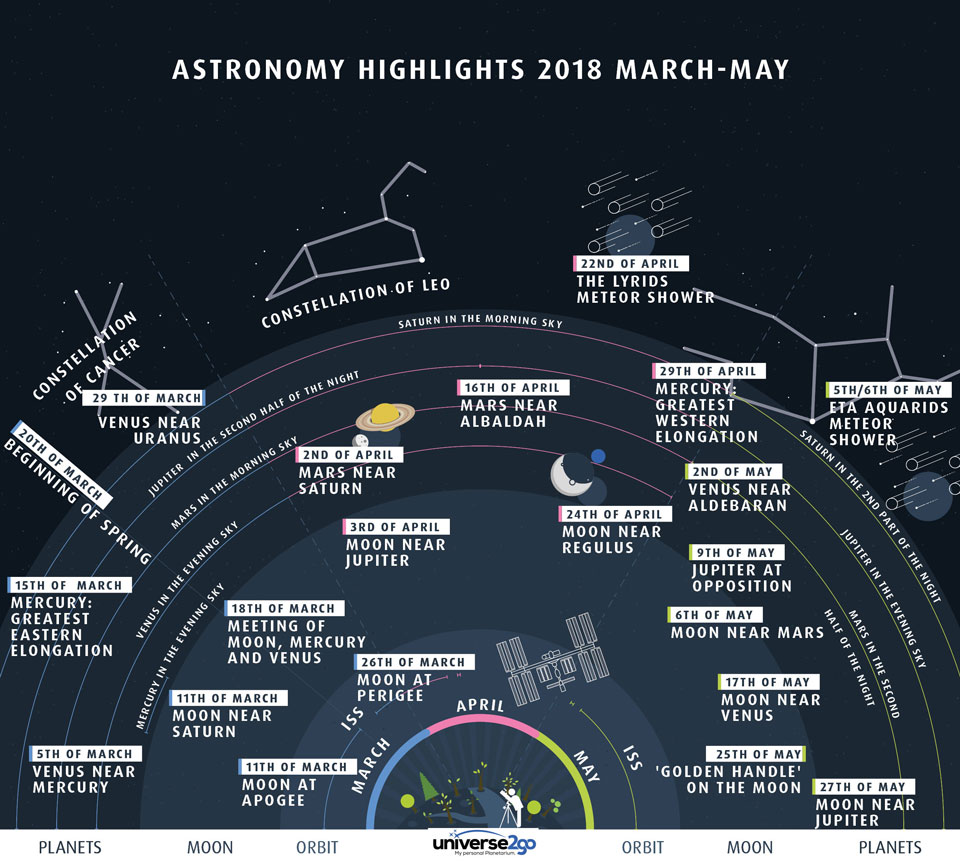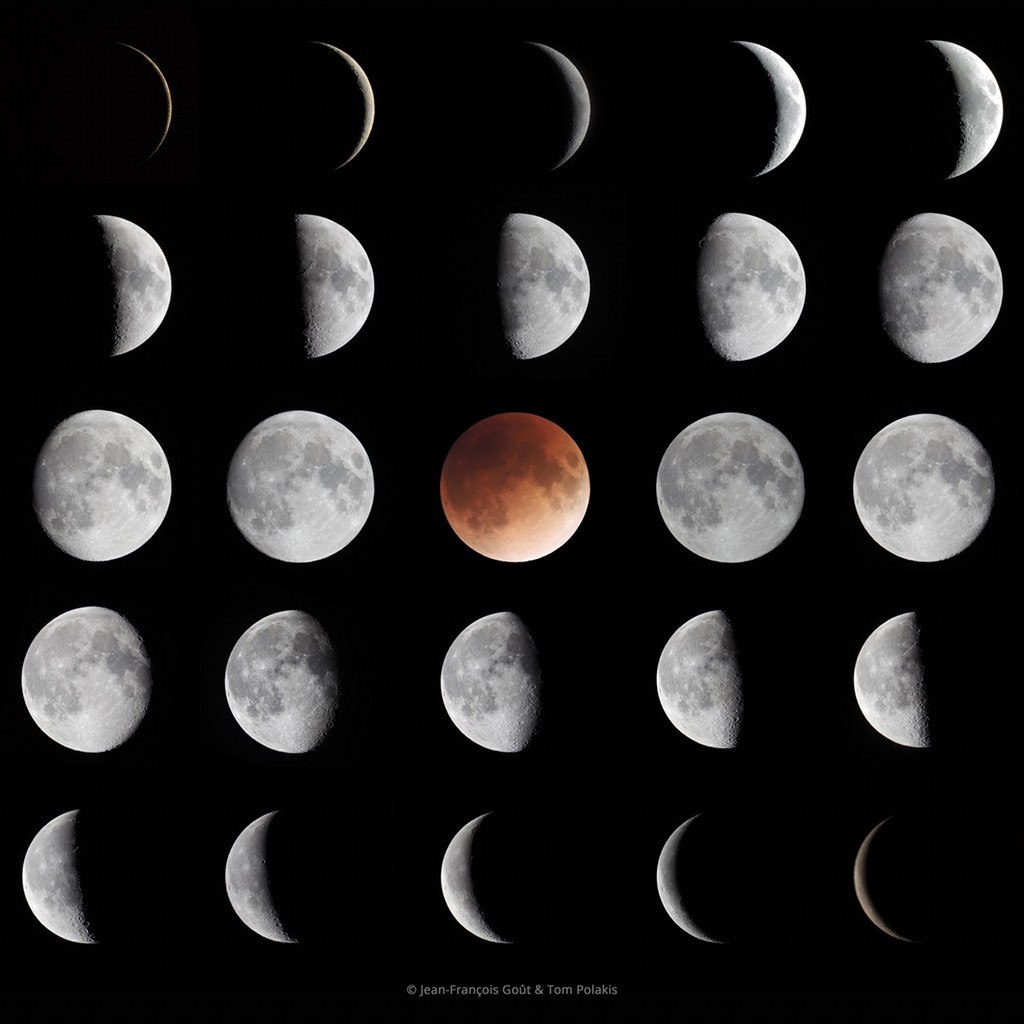NASA will host a media teleconference at 11 a.m. EDT Monday, March 19, to discuss a number of science investigations and instruments launching in April to the International Space Station on the next SpaceX commercial resupply mission. Audio of the teleconference will stream live on NASA’s website.
from NASA http://ift.tt/2pecwPV
via IFTTT![]()







